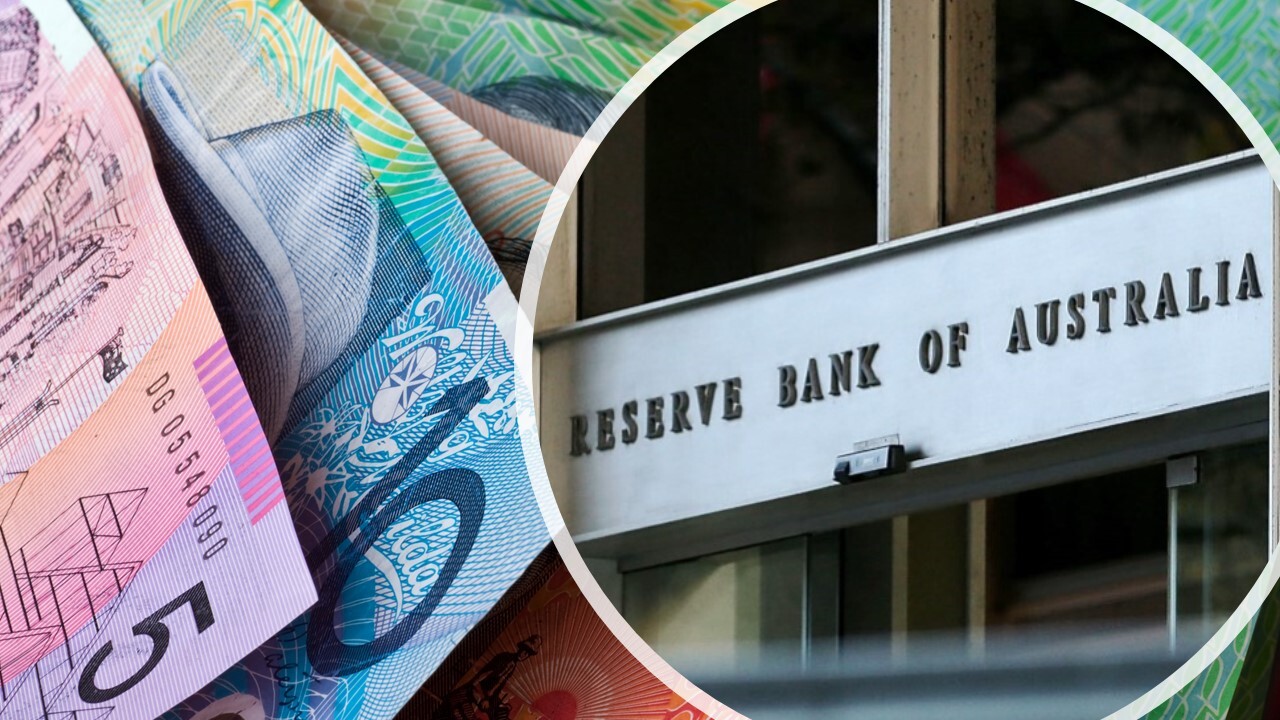Housing in the hands of the banks, says RBA
Reserve Bank governor Philip Lowe has put the onus on the nation’s banks to keep the lid on a rapidly inflating property market

Reserve Bank governor Philip Lowe has put the onus on the nation’s banks to keep the lid on a rapidly inflating property market, urging them to maintain high lending standards even as he recommitted to keeping borrowing costs low for years.
Home values nationally jumped by 2.1 per cent in February — the fastest pace in 17 years — as new mortgage commitments surged to a record $29bn in the month before, or 40 per cent higher than a year earlier, according to figures released this week.
Dr Lowe, in the RBA’s monthly board meeting statement released on Tuesday, noted lending rates remained for most borrowers “at record lows and housing prices across Australia have increased recently”.
“Lending standards remain sound and it is important that they remain so in an environment of rising housing prices and low interest rates,” he said.
The Tuesday meeting held the cash rate and three-year rate targets steady at 0.1 per cent.
Dr Lowe said “the board remains committed to maintaining highly supportive monetary conditions until its goals are achieved”, and reiterated that “the board does not expect these conditions to be met until 2024 at the earliest”.
AMP Capital chief economist Shane Oliver said Dr Lowe’s comments indicated a growing worry about lending and property values.
He said it was “likely” the prudential regulator, APRA, would be forced to step in to tame a runaway market by the end of the year or in early 2022.

“The winding down of homebuyer incentives, JobKeeper and bank payment holidays will be watched by the RBA, but if, as we expect, the impact is marginal and the property market continues to see strong price gains led increasingly by investors, pressure on the RBA and APRA to re-tighten lending standards is likely from later this year and we expect action to do so ahead of the first rate hike.”
Westpac economists are forecasting house price growth of up 10 per cent this year and next.
The Council of Financial Regulators — which includes representatives from the RBA, APRA, and ASIC — met in recent days, and will issue a quarterly statement on Wednesday.
Dr Lowe’s comments on the importance of maintaining lending standards come as the Morrison government pushes legislation to repeal some responsible lending rules it says have been acting as a constraint on banks’ ability to extend much-needed credit through the crisis.
Introduced in September, the legislation followed comments by Dr Lowe at a parliamentary committee hearing in August in which he said “the pendulum has swung a bit too far in blaming the bank if a loan goes bad”.

The RBA’s latest decision comes ahead of national accounts on Wednesday, which are expected to show the economy’s V-shaped recovery continued over the final three months of 2020, spurred on by Victoria’s reopening from its second lockdown.
The Commonwealth Bank’s head of Australian economics, Gareth Aird, said consumer spending would account for the bulk of growth in real GDP in the December quarter, contributing two percentage points of his 2.6 per cent estimate.
Dr Lowe said “the economic recovery is well under way” and “the outlook for the global economy has improved over recent months due to the ongoing rollout of vaccines”.
“While the path ahead is likely to remain bumpy and uneven, there are better prospects for a sustained recovery than there were a few months ago,” he said.
Despite what is expected to be another historically strong quarter of growth, the COVID-19 recession will leave a $50bn hole in annual output, with real GDP through 2020 coming in around 2.6 per cent smaller than recorded in 2019, Mr Aird said.
The RBA in its February forecasts estimated the economy would be 3.1 per cent larger by the end of this year, after shrinking by 2 per cent in 2020.
The end of JobKeeper and the JobSeeker COVID-19 supplement at the end of March remain key obstacles ahead for the post-pandemic recovery, economists said.
“The current monetary policy settings are continuing to help the economy by keeping financing costs very low, contributing to a lower exchange rate than otherwise, and supporting the supply of credit and household and business balance sheets,” Dr Lowe said.
“Together, monetary and fiscal policy are supporting the recovery in aggregate demand and the pick-up in employment.”
More Coverage









To join the conversation, please log in. Don't have an account? Register
Join the conversation, you are commenting as Logout